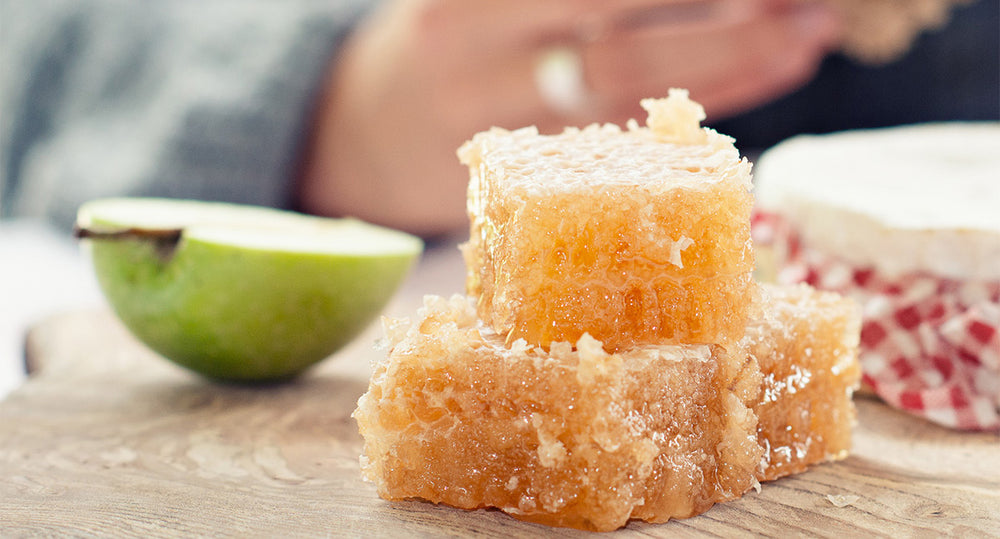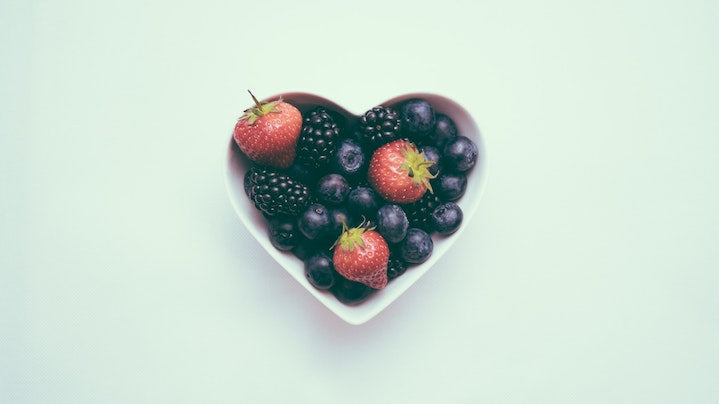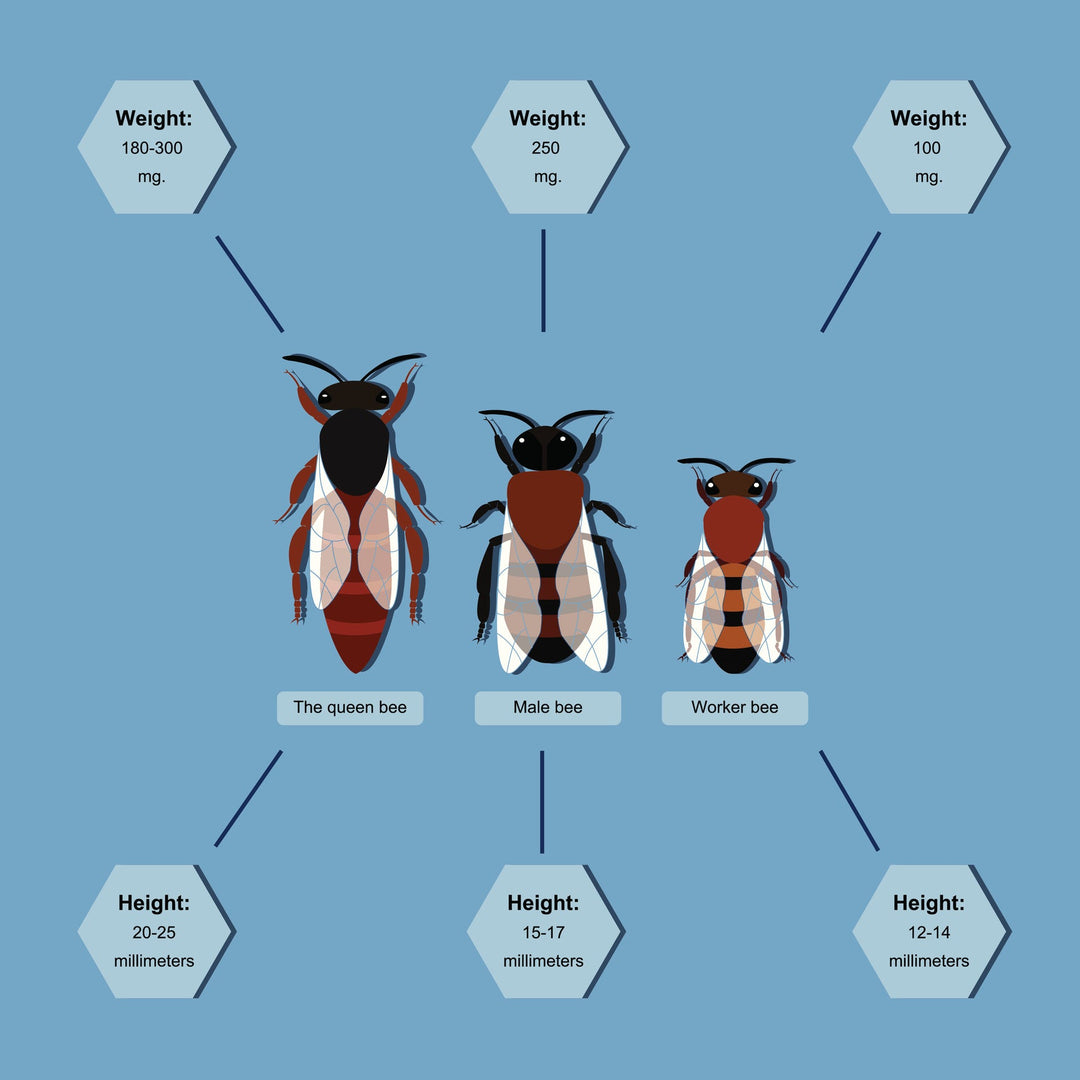Honey is a deliciously sweet and indulgently sticky food, that so many of us enjoy eating. How many times have you taken a spoonful of beautifully golden, syrupy honey straight from the jar and savoured every moment? We certainly have, lots of times.
You might think that all honey is the same. But if you’ve ever tasted an active healing, super honey such as Necta & Hive Jarrah honey, you’ll know that its taste is far superior to regular honey.
But it isn’t just the taste that makes Jarrah honey stand out from its cheaper supermarket counterparts found in squeezy bottles. It’s healing properties far outweigh those of regular honey.
What is an Active Healing Honey?
Honeys such as Jarrah, Marri or Manuka are all known as active healing honeys. All active honey is measured and given a Total Activity rating, or TA number. The higher the TA number, the more potent the antimicrobial activity of the honey.
Our honey is independently tested for its TA rating and we proudly display our lab reports here on our website. Necta & Hive Jarrah honey has one of the highest TA ratings on the market.
Manuka honey is famed for coming from New Zealand and is used for its antimicrobial properties. Jarrah honey is the Australian equivalent, and is set to become just as well known here in the UK. Plus, it happens to have a higher antimicrobial potency than Manuka honey. (It’s not called Australia’s healing honey for nothing!)
Jarrah honey differs from both supermarket honey and Manuka honey because of an enzyme that’s responsible for its antimicrobial power.
It’s unlikely that cheaper honey from the supermarket has much antimicrobial potential. Manuka honey does, and gets it from a compound called methylglyoxal. It’s this that gives Manuka honey its distinctive ‘medical’ taste.
Jarrah honey on the other hand, contains an enzyme called glucose oxidase. This produces hydrogen peroxide, a natural antimicrobial agent which means that Jarrah honey is sweet, delicious and caramel-like, without a medicinal taste. Jarrah honey also has a higher fructose level than most other honeys (which are higher in glucose), which also means that it tastes sweeter.
The presence of hydrogen peroxide also means that Jarrah honey “has some of the highest activity levels in the world”.
Plus, unlike regular honey, Jarrah honey also contains high levels of antioxidants. Antioxidants are compounds that help to boost the immune system and protect against disease.
Why Does Jarrah Honey Cost More than Other Honey?
Jarrah honey is made by bees visiting the flowers of the Jarrah tree, part of the Eucalyptus family of trees. It’s a highly prized food, since these trees only grow in Western Australia, and they only flower once every two years.
For this reason, and coupled with its amazing benefits to health, like Manuka honey, Jarrah honey costs more than regular supermarket honey. (If you do happen to find it at a similar price, then we advise questioning if it’s a fake as sadly fake active honey does appear on the market.)
But given its ability to heal wounds, sooth sore throats and coughs, boost the immune system and support a healthy gut, we think it’s a little extra worth paying! How will you eat yours?






